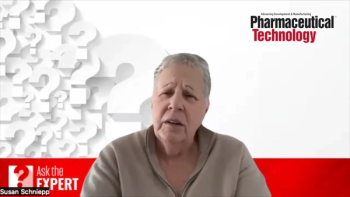
FDA Modernizes Inspection of Sterile Products
The agency is developing a new way to assess, record, and report data from surveillance and preapproval inspections of sterile drugs.
FDA
The agency started NIPP by developing a protocol for aseptic processing surveillance and preapproval inspections because of the importance of quality in the manufacture of sterile drugs. “With better and more consistent oversight of these manufacturing facilities, we hope to be able to spot problems earlier and implement mitigation steps that can avert dangerous drug shortages,” Gottlieb said in a
NIPP pilots were conducted by FDA, and each new protocol version was revised and refined based on feedback from agency investigators, compliance officers, and reviewers. “The result is protocols that promote consistent and comprehensive coverage of critical areas of sterile drug manufacturing and provide structured, data-rich reports that can be used to quickly assess the state of quality in drug manufacturing facilities while maintaining flexibility for investigators to adapt inspections based on constraints such as time or the seriousness of violations. The structured protocol also makes it easier to analyze data to find anomalies and inform decisions that can reduce risks to patients,” Gottlieb stated.
FDA plans to develop other new inspection protocols for all dosage forms in the future. “As we integrate learnings from these pilots in our field activities, our goal is to have them ready for full implementation within the next two years. These modern tools are a key part of our efforts to protect the health and safety of US patients,” Gottlieb stated.
Source:
Newsletter
Stay at the forefront of biopharmaceutical innovation—subscribe to BioPharm International for expert insights on drug development, manufacturing, compliance, and more.




